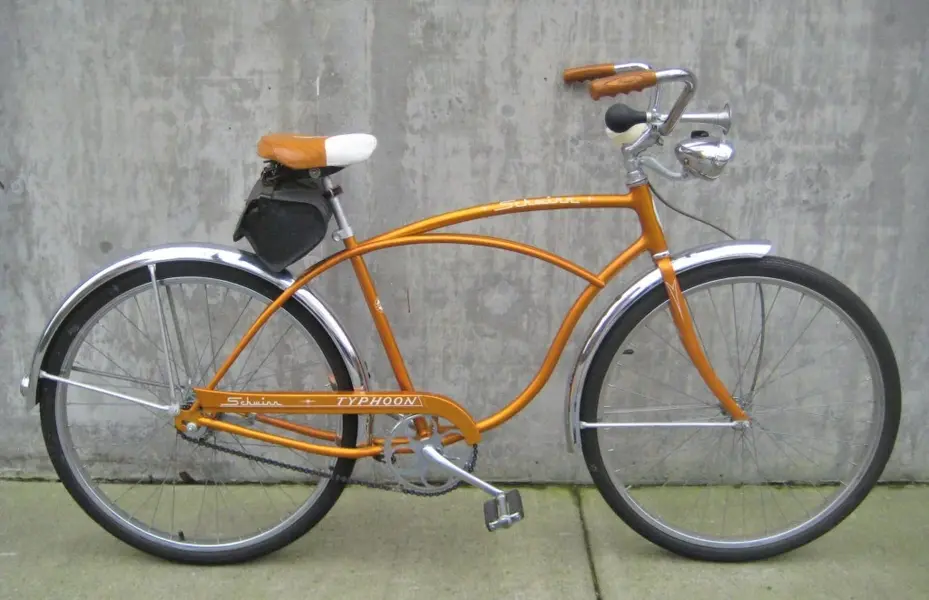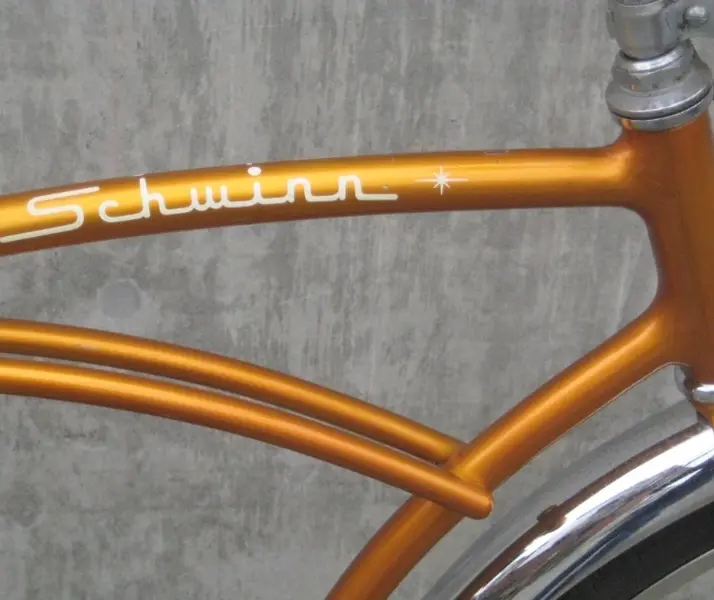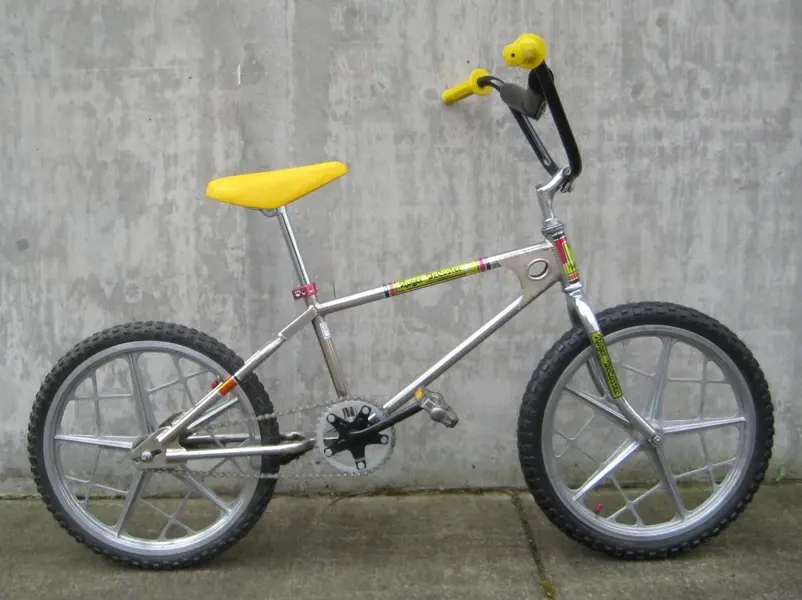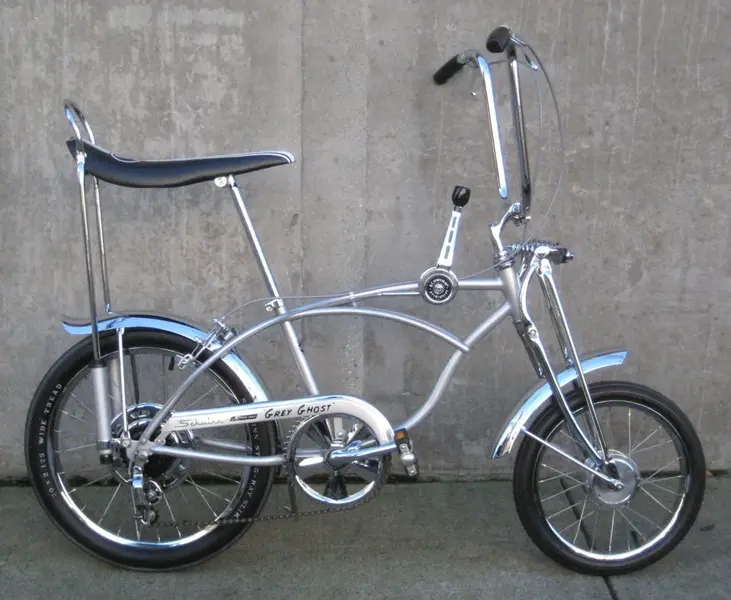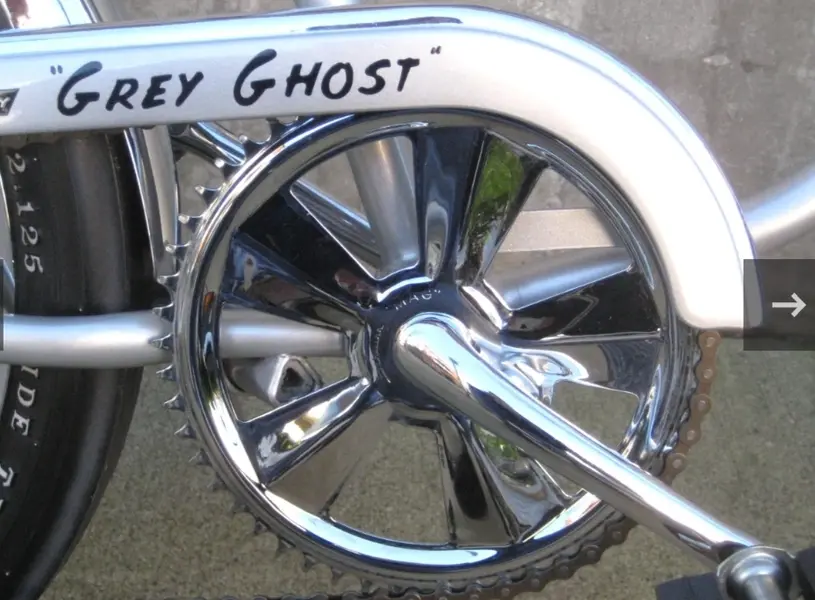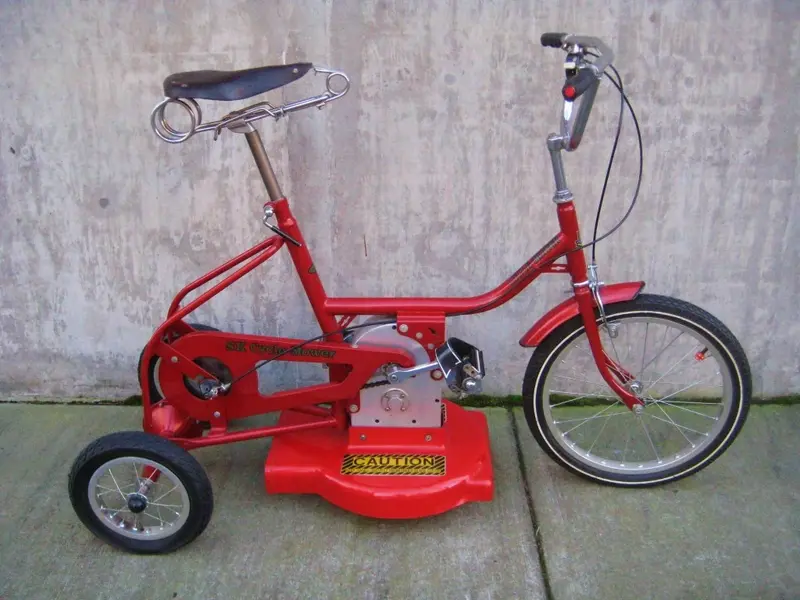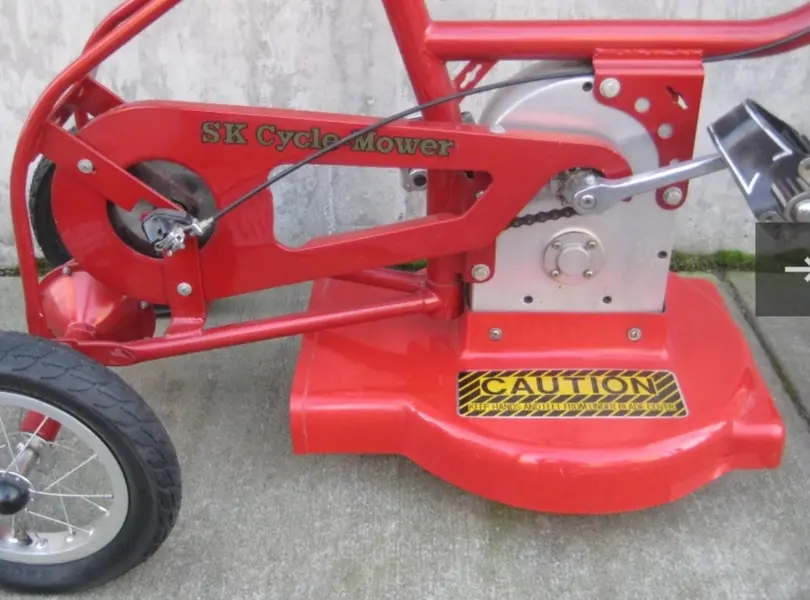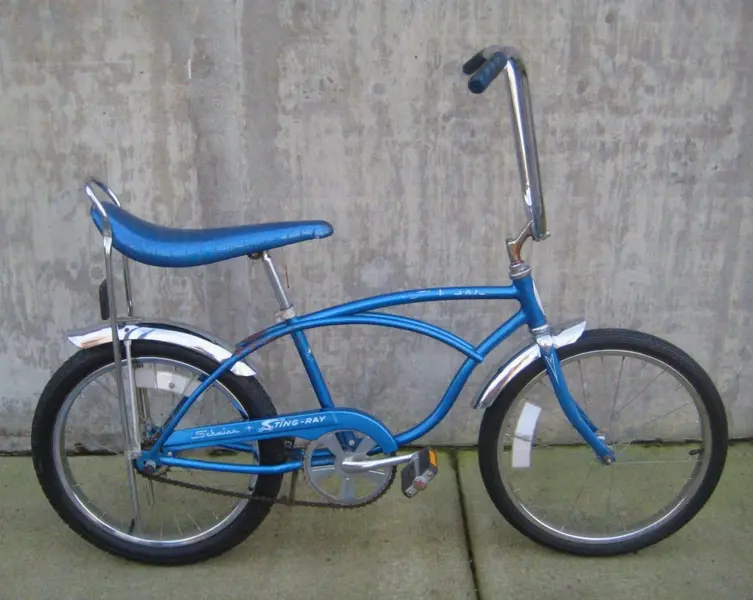Canuk
Old School Grand Master
Carbon fiber began working its way into sporting goods in the 1970’s. Ski poles, tennis rackets, fishing rods, and even golf clubs were designed with carbon structural elements or a layer of carbon fiber wrapped around them.
Enter Graftek. The sporting goods division of the Exxon corporation. We’re not sure if this was a nervous attempt at diversification during the OPEC oil embargo or merely a natural extension of their fishing rod factory, but Exxon designed and built carbon fiber bicycles from 1976 to 1978.
Built in South Plainfield, New Jersey, these bikes went into production alongside fishing rods and golf clubs. The frame design evolved over the three model years, but what you have here are stainless steel cast lugs, carbon-fiber wrapped aluminum tubing, and a carbon wrapped steel fork (which was an upgraded option for the final year of manufacture).
Enter Graftek. The sporting goods division of the Exxon corporation. We’re not sure if this was a nervous attempt at diversification during the OPEC oil embargo or merely a natural extension of their fishing rod factory, but Exxon designed and built carbon fiber bicycles from 1976 to 1978.
Built in South Plainfield, New Jersey, these bikes went into production alongside fishing rods and golf clubs. The frame design evolved over the three model years, but what you have here are stainless steel cast lugs, carbon-fiber wrapped aluminum tubing, and a carbon wrapped steel fork (which was an upgraded option for the final year of manufacture).
